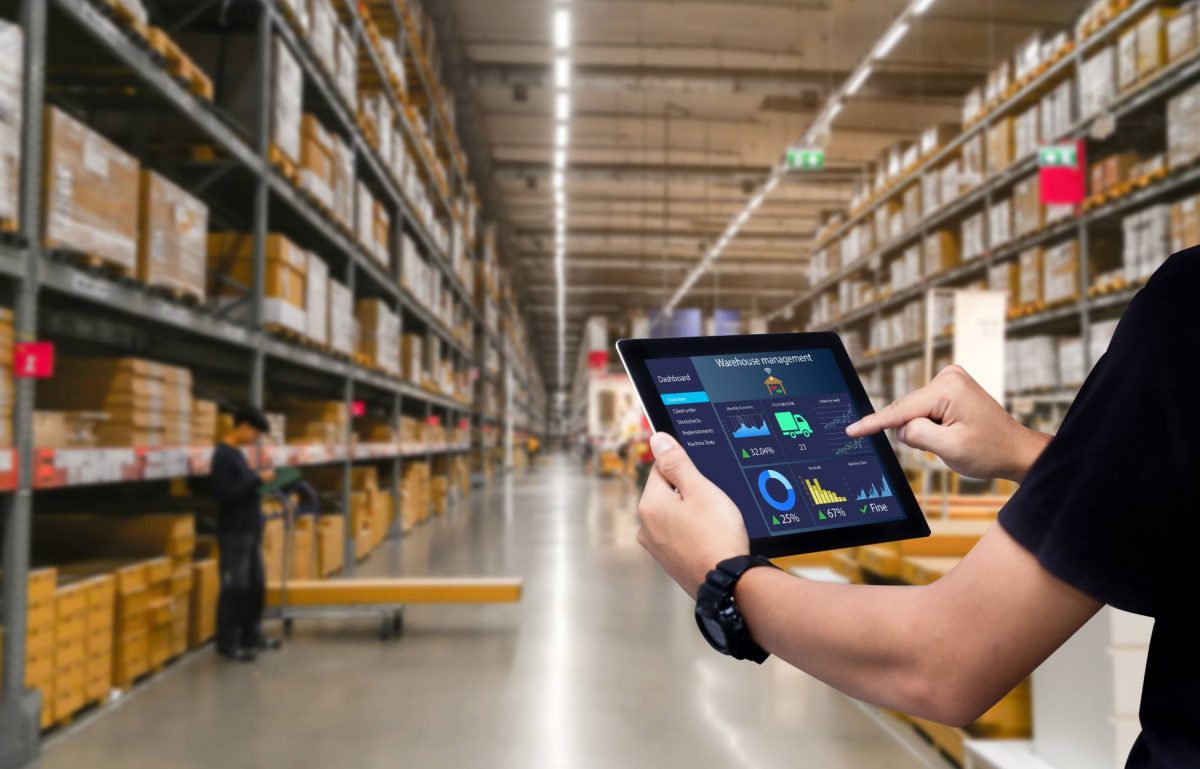The warehousing world is rapidly evolving, driven by technological advances and the increasing demands of modern supply chains. In 2024, several key trends will shape the future of warehouse operations in 2024, aiming to boost efficiency, accuracy, and productivity. Let’s look at the top warehouse technology trends for 2024 and how they will revolutionize warehousing.
Automation and Robotics
Automation and robotics have been transforming warehouse operations over the past decade, and we can expect this trend to continue into 2024. With the rise of e-commerce and increasing customer demands for faster delivery, warehouses must keep up with the pace. Automated systems such as automated storage and retrieval systems (AS/RS), conveyors, autonomous mobile robots (AMRs), and drones are streamlining processes such as picking, sorting, packing, and inventory management.
Moreover, advancements in artificial intelligence (AI) and machine learning (ML) make these systems smarter and more efficient, helping warehouses optimize their operations in real-time. Using automated systems, such as sensors and data analytics, can help you make better decisions, improve accuracy, and reduce errors.
Internet of Things (IoT)
The Internet of Things (IoT) is another technology that will continue to play a significant role in warehouse operations in 2024. IoT refers to the network of interconnected devices embedded with sensors and software that can collect and exchange data over the Internet. Warehouse managers can use IoT to monitor inventory levels, track shipments, manage equipment maintenance, and provide real-time visibility into their operations.
Managers can also integrate IoT with other technologies, such as automated systems and mobile devices, creating a connected ecosystem within the warehouse. By using real-time data and analytics, IoT can help warehouses optimize their processes, reduce downtime, and improve decision-making.
Cloud Computing
Cloud computing is on the rise in almost every industry, including warehousing. In 2024, we can expect more warehouses to adopt cloud-based warehouse management systems (WMS), replacing traditional on-premise systems. Cloud-based WMS offers several advantages over traditional systems—such as scalability, flexibility, and accessibility—from anywhere via an internet connection and lower upfront costs.
With cloud-based WMS, warehouses can improve inventory management, order processing, and fulfillment processes. Moreover, with advanced data analytics capabilities, warehouses can gain insights into their operations and make informed decisions for better efficiency.
Automating Packaging Processes
Packaging plays a crucial role in delivering a positive customer experience. In 2024, warehouses will further their automated packaging processes by using specialized machines and systems such as box erectors, label applicators, and polybaggers. These systems can reduce manual labor, improve the speed and accuracy of order fulfillment, and save warehouse space.
The many benefits of automating packaging in your facility will help your business keep up with the increasing volume and speed of e-commerce orders. Automating your packaging processes can also reduce material waste, improve sustainability, and save costs in the long run.
Clearly, these top warehouse technology trends for 2024 will significantly reshape this industry’s landscape. Automation and robotics will continue to drive efficiency and accuracy in operations, while IoT’s real-time data capabilities will enhance visibility and decision-making.
Cloud computing will offer scalable and flexible solutions for warehouse management, and automated packaging processes will meet the demands of the ever-growing e-commerce sector. By embracing these trends, warehouses can stay competitive, improve operational efficiency, and provide better customer service. The future of warehousing promises to be more connected, intelligent, and streamlined than ever before.













